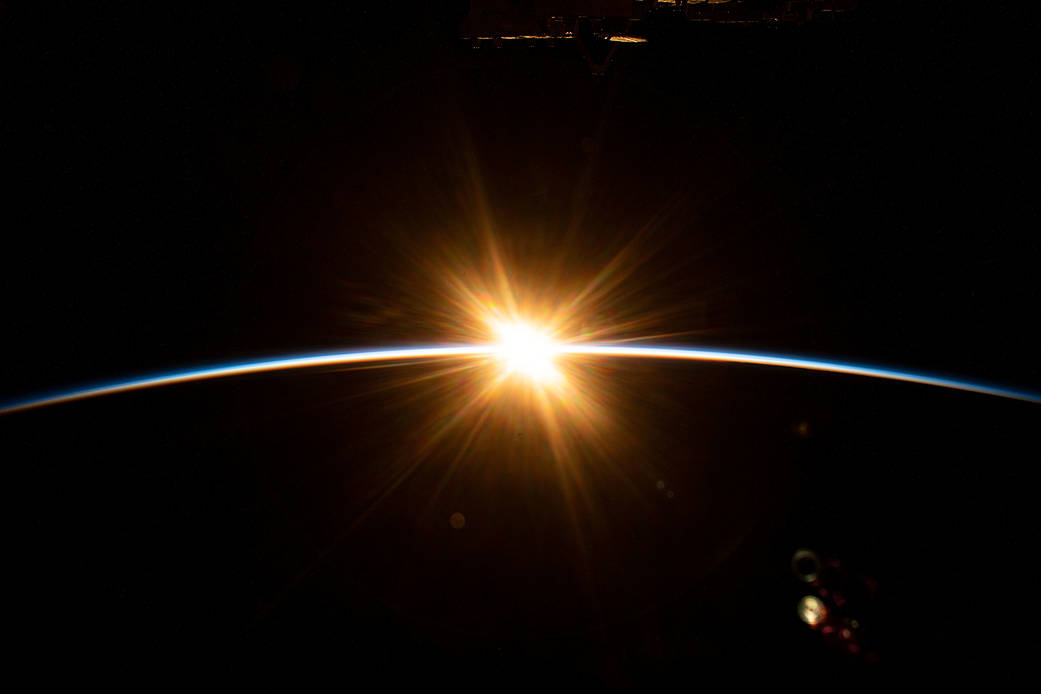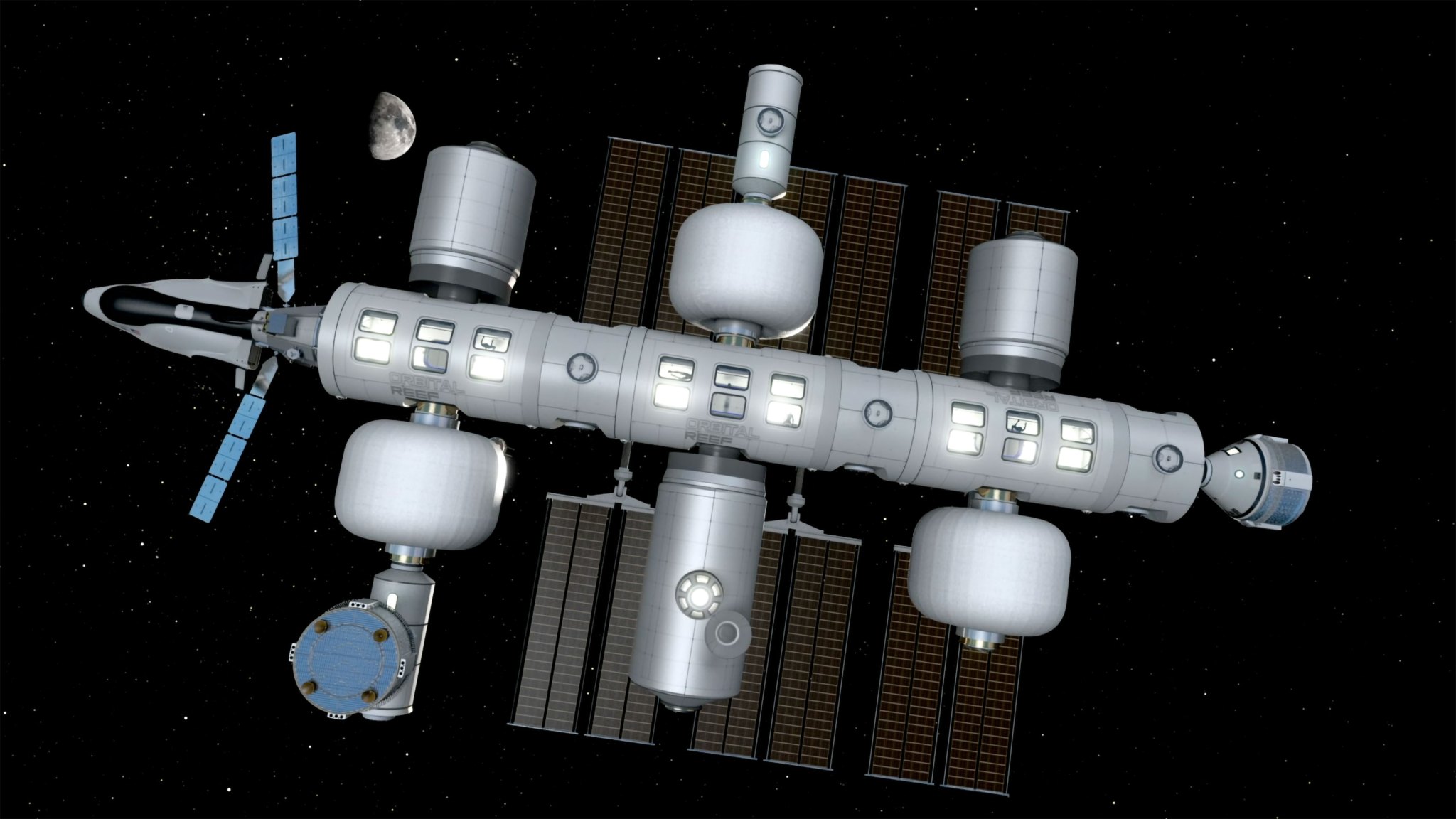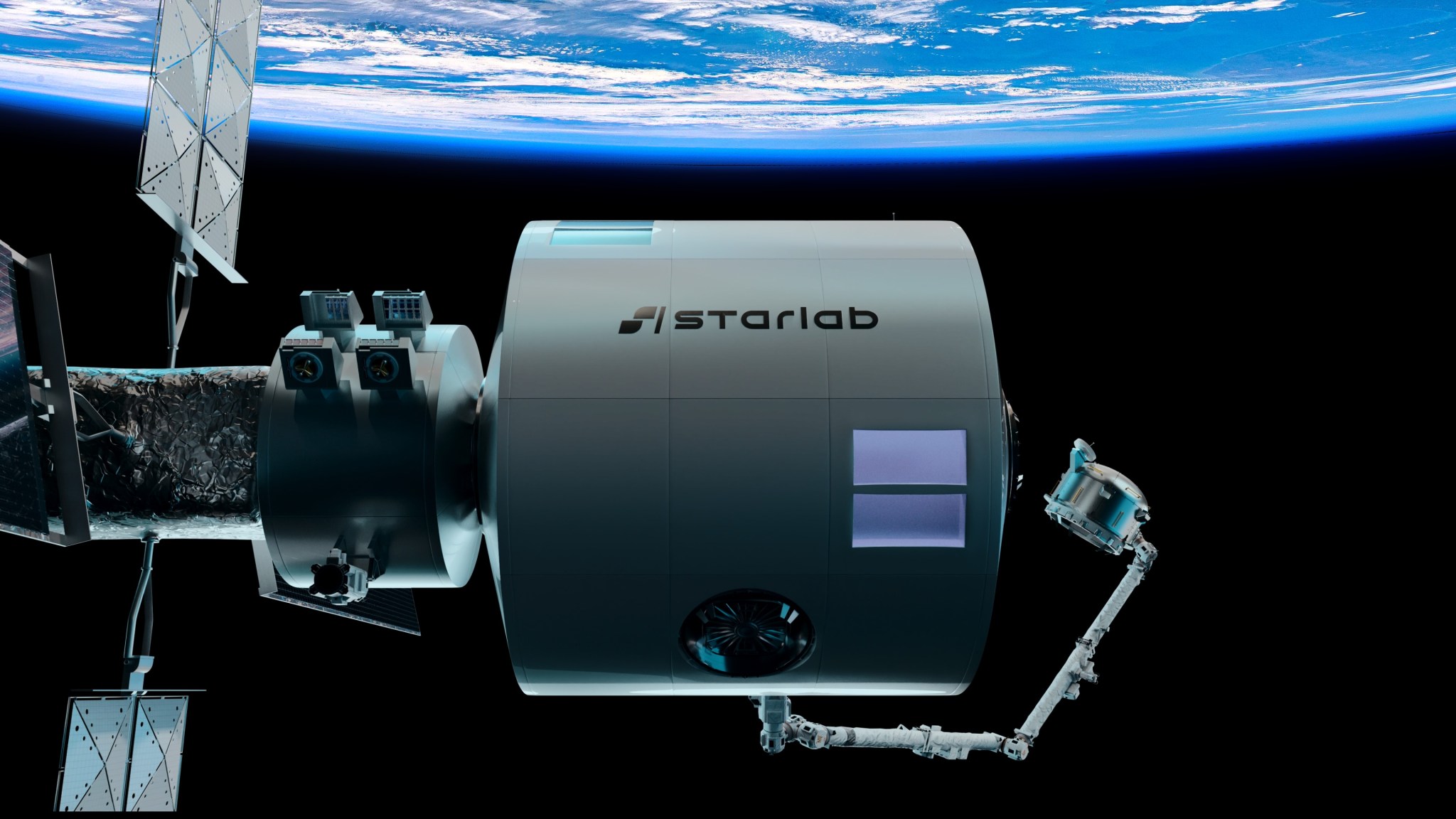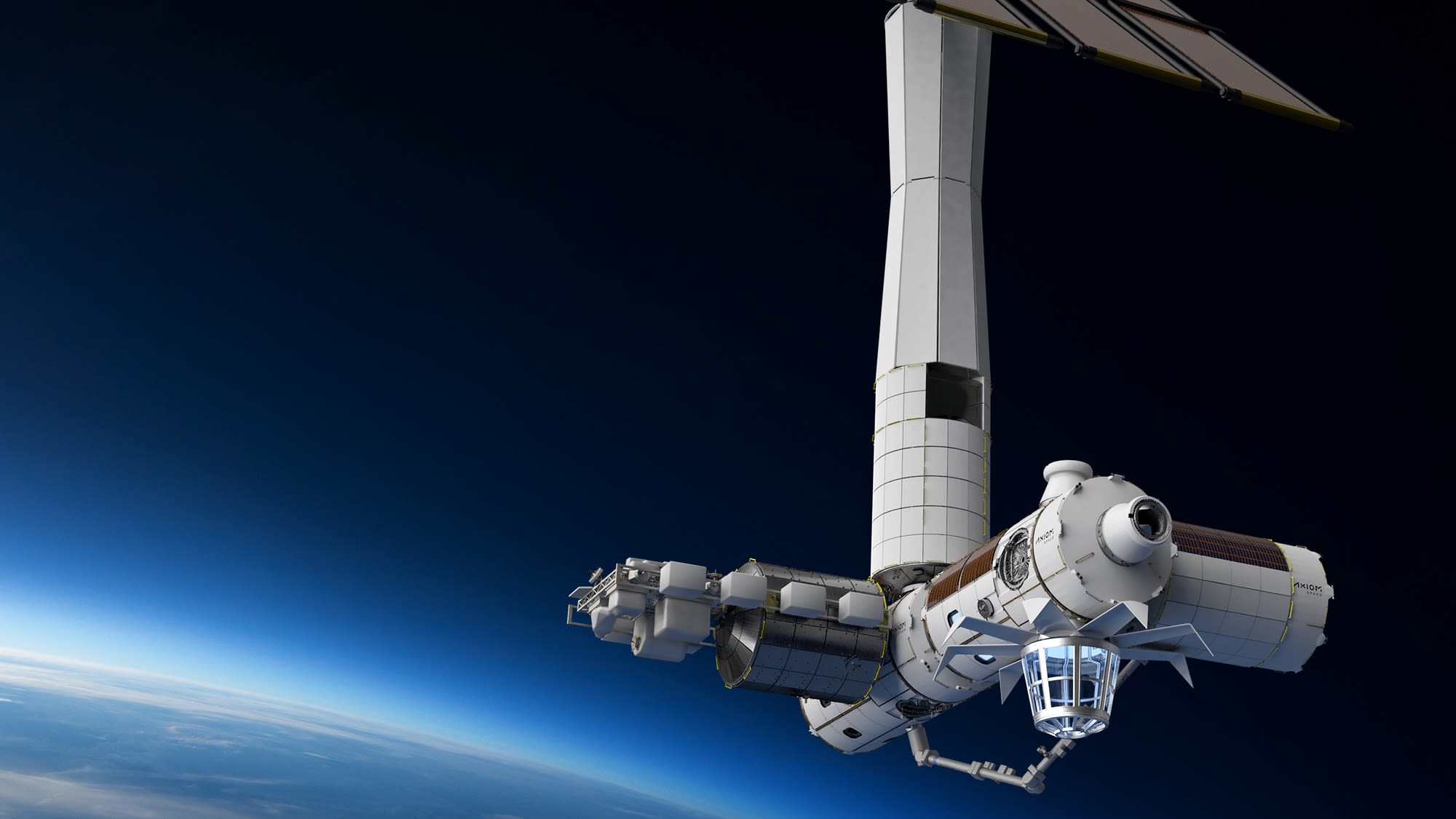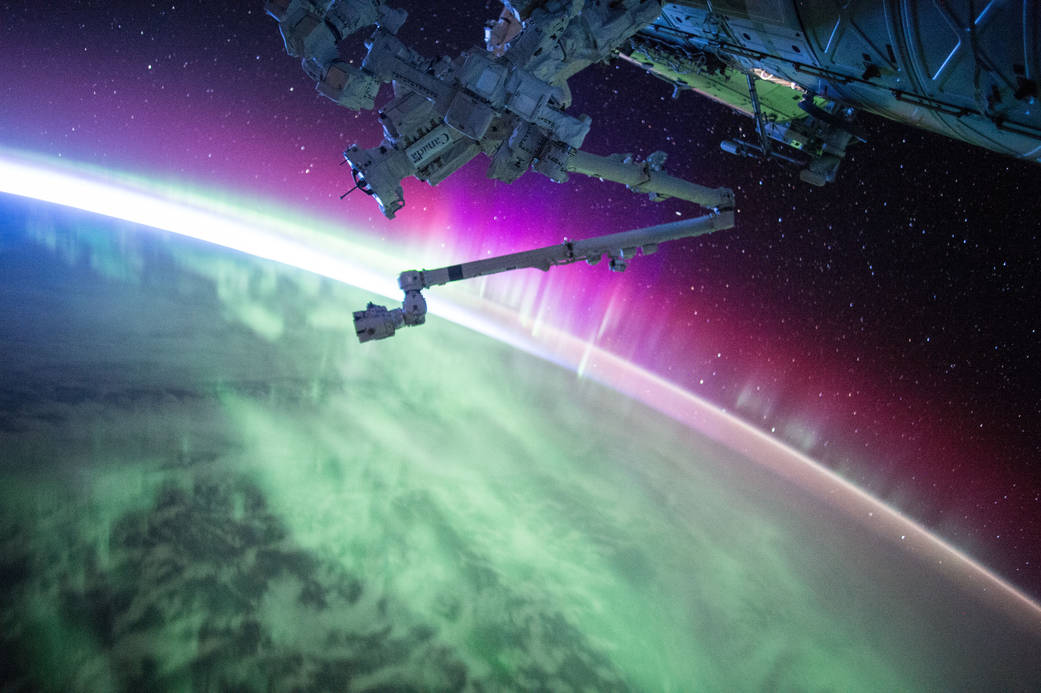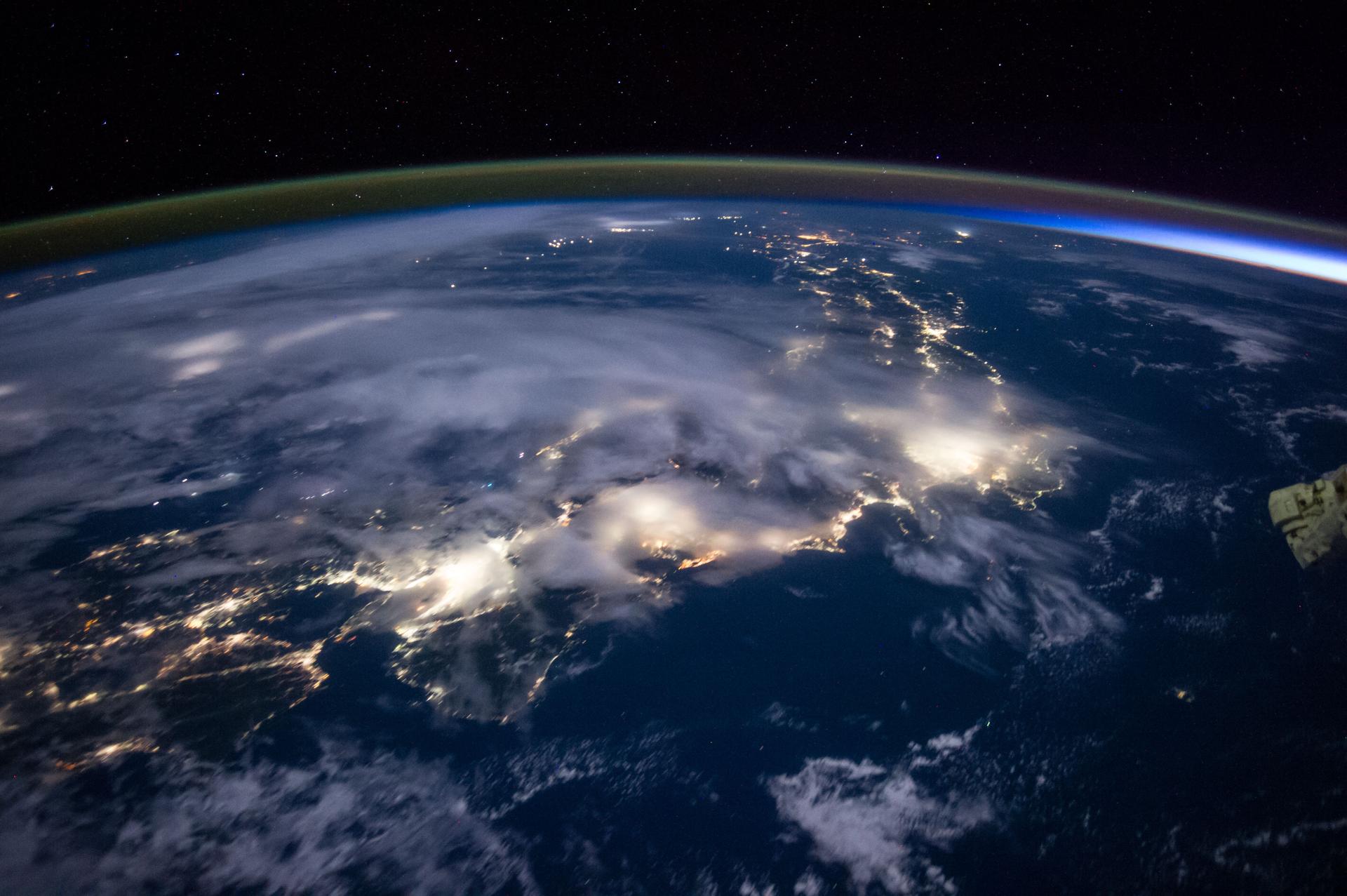NASA has modified agreements for two funded commercial space station partners that are on track to develop low Earth orbit destinations for NASA and other customers as the International Space Station retires in 2030. The changes add new technical milestones and reallocate existing funding to allow the agency to accelerate efforts as part of NASA’s goal to foster a commercial low Earth orbit economy.
“These new milestones will be of immense value to NASA and the partners, and will help ensure we have a smooth transition from the International Space Station to commercial destinations,” says Phil McAlister, director of commercial space at NASA Headquarters in Washington. “The milestones target key technology and risk reduction areas of our partners’ designs. The milestones also include additional hardware testing which is critically important to any spaceflight development effort. In addition, each new milestone will be an opportunity for NASA to gain further insight into our partners’ progress and technical designs.”
The changes are a result of a previously announced joining of Northrop Grumman and Starlab partners originally working under separate Space Act Agreements. NASA has transferred funding freed up from the withdrawal of Northrop Grumman from its agreement with NASA, as well as other program funding, to add new milestones to the existing agreements with Blue Origin and Starlab.
Blue Origin of Seattle is receiving an additional $42 million for its Orbital Reef station, bringing the total award to $172 million. The new milestones include several additional subsystem design reviews and technology maturation activities. They also include key tests and demonstrations in the environmental control and life support system, such as water filtration and atmospheric monitoring.
Voyager Space’s Exploration Segment, which includes Nanoracks, will receive an additional $57.5 million for its Starlab station, bringing the total award to $217.5 million. The new milestones include the addition of development milestones for the Northrop Grumman Cygnus spacecraft, upgrading from berthing to docking to better serve Starlab and commercial markets. The new milestones also include additional Starlab development milestones focused on operations, assembly, integration, and testing as well as a rendezvous and proximity operations demonstration.
Blue Origin and Voyager Space/Nanoracks have Space Act Agreements with NASA, while NASA’s other funded commercial station partner, Axiom Space, holds a firm-fixed price, contract with the agency. NASA is in the process of negotiating additional content to Axiom Space’s contract. Details are still being finalized and more information will be released by the agency as those negotiations are completed.
“We continue to see an immense amount of dedication from our partners,” said Angela Hart, manager of Commercial Low Earth Orbit Development Program at NASA’s Johnson Space Center in Houston. “The agency is committed to continuing to work with industry with the goal having one or more stations in orbit to ensure competition, lower costs, and meet the demand of NASA and other customers.”
NASA is supporting the design and development of multiple commercial space stations with the three funded partners listed above, as well as several other partners with unfunded agreements through NASA’s Collaborations for Commercial Space Capabilities-2 project.
The current design and development phase will be followed by the procurement of services from one or more companies, where NASA aims to be one of many customers for low Earth orbit destinations.. The agency recently issued a request for information for industry to provide input on the agency’s requirements for end-to-end low Earth orbit space station services.
NASA’s commercial strategy for low Earth orbit will provide the government with reliable and safe services at a lower cost and enable the agency to focus on Artemis missions to the Moon in preparation for Mars, while also continuing to use low Earth orbit as a training and proving ground for those deep space missions.
For more information about NASA’s commercial low Earth orbit strategy, visit:
https://www.nasa.gov/low-earth-orbit-economy/
– end –
Joshua Finch
Headquarters, Washington
202-358-1100
joshua.a.finch@nasa.gov
Rebecca Turkington
Johnson Space Center, Houston
281-483-5111
rebecca.turkington@nasa.gov


























